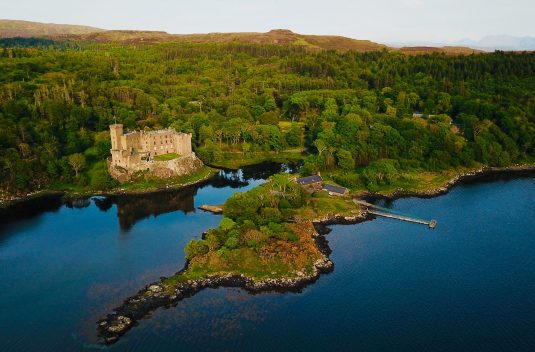Today I unearthed the bookmark from the Emmet County Genealogical Society from Michigan. I clicked on its site to see what resources might help me figure out why a branch of the McClure family transplanted themselves there. The surname search on this society's home page turned up nothing related to McClure.
However, the society's link to the Greenwood Cemetery in Petoskey, Michigan led me to a small gold mine.
 For example, here's the death cert of Mary Ann McClure Cook, daughter of Benjamin McClure and Sarah Denning McClure. It was available--for free--by searching for all "McClure" burials in this cemetery and then clicking on Mary Ann Cook's name. What a find!
For example, here's the death cert of Mary Ann McClure Cook, daughter of Benjamin McClure and Sarah Denning McClure. It was available--for free--by searching for all "McClure" burials in this cemetery and then clicking on Mary Ann Cook's name. What a find!I found the death cert for her husband, Reverend John Cook, in the same way. Now I know his parents' names and exact death date. Many other names on the cemetery's list include obits or death certs or both, all for free.
So always check local genealogical societies to see what links they suggest! They know the local resources better than out-of-staters. Thank you, Emmet County Genealogical Society, for pointing me in the right direction.
PS: Brenda of Journey to the Past asked about Reverend Cook's denomination and suggested some sources for me to check. Thanks to her idea, I learned that Reverend John J. Cook was Presbyterian, and served several churches, according to this excerpt from a history of the First Presbyterian Church of Petoskey:
In view of the departure of their pastor, the church now invited Rev. John J. Cook, then pastor of the Presbyterian Church at Little Traverse, and now of the Presbyterian Church of Crooked Lake, to serve them as temporary supply. Though zealous and faithful, the duties of his own field and the distance between the two churches he was serving, rendered Mr. Cook's labors very arduous and difficult. From a letter which I [Reverend Potter] received before coming to Michigan, I learned that he longed for the coming of a pastor to the Petoskey church, who should relieve him of a part of his responsibilities. Mr. Cook supplied the pulpit about nine months, closing his labors here on the arrival of the present pastor, June 14, 1878.
Furthermore, Rev. Cook was a pensioner in 1881. How he injured his left hand and throat, I don't know, but he received $10 per month starting in March, 1881.

















































